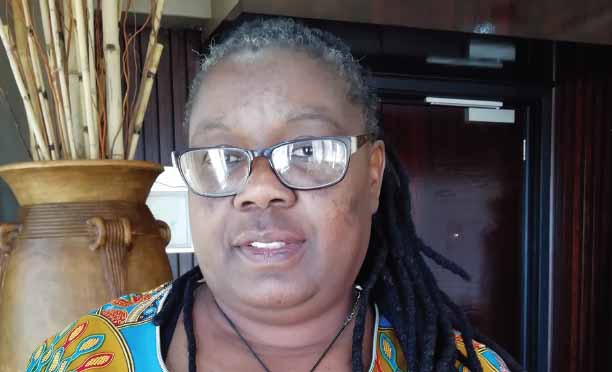U=U strides in HIV prevention
HIV positive Gumisayi Bonzo (47) knows first-hand the fear and worry that accompanies every sexual encounter for a serodiscordant couple. This is a situation whereby two people are in a relationship and sexually active but one of them is HIV-positive while the other is HIV-negative.
“Our sex life was a big challenge, with me wanting to use about two condoms at a time, putting barriers during sexual intercourse like no kissing because I was afraid of passing on the virus to my her,” Bonzo shared in an interview with SunHealth on the side-lines of a regional capacity strengthening meeting for African National Human Rights Institutions (NHRIs) in Johannesburg recently.
“My partner is negative and a transgender woman and right from the get go we were dealing with a lot of backlash from both of our families of why we shouldn’t be together. But we perceived and went through a lot of counselling.
“It was in one of those sessions that a doctor explained to them about the growing body of evidence that if Bonzo took her antiretroviral medication religiously and on time, and her viral load was low she would not pass on the virus to her partner.“You don’t know what a load off my shoulders that was. I have been on ARVs for the past 20 years and never defaulted. So we decided that I would go get a viral load test and it was undetectable.
“It doesn’t mean I don’t have the virus in me anymore, it’s just not detectable in my blood and so my partner and I wanted to know what it meant for us and our sex life.“We conducted further research on our own and decided it was worth trying not just for us but others especially adolescents born with the virus who have been led to believe they can’t have full lives like other ‘normal’people. “We started having unprotected sex and went for an HIV test six months later and she was still HIV negative. We have been doing that since 2015 and her status has not changed in that time,” Bonzo stated. For people living with HIV like Bonzo, the knowledge that undetectable virus equals un-transmittable is huge, “not only because it prevents us transmitting the virus to our loved ones but it removes fear,” she said.
“It removes the cloud that because you’re positive, you can’t do certain things. It’s the message that we give which for a long time has been negative and fearful. If we put fear in someone that just because they are HIV positive they can’t do this or that, you are taking away their self- esteem”.
In sharing her experience, Bonzo hopes to remove this cloud of fear and stigma from the community. But admittedly, it’s a difficult message for even the medical fraternity to spread.For a long time HIV/AIDS prevention messaging has been the long standing abstinence, be faithful and condomise. But now ARVs are being counted as a weapon to prevent the spread of HIV as well as to treat the virus, what the experts are now calling treatment-as-prevention. “Getting people to wrap their minds around that is really hard. But currently, no other intervention beyond abstinence shows such a level of protection against HIV. It’s probably even safer than condoms because things often go wrong with condoms,” said Deputy Executive Director of Wits University’s Reproductive Health and HIV Institute, Professor Francois Venter
“I can’t stress enough how strong the evidence that people who are on successful ARV treatment are 100 percent safe and will not transmit the virus,” said Prof Venter.While HIV new infection rates remain high in Southern Africa, there has been a slight decrease with South Africa at 44 percent, Botswana at 30 per cent and it’s similar in other countries in Southern Africa like eSwatini. And Prof Venter gives credit to the roll out of the Treat All campaign, a programme aimed at providing anti-retroviral treatment to all HIV positive people regardless of their CD4 count. Hundreds of health organisations worldwide including the Centre for Disease Control (CDC), now support the Undetectable = Untransmittable message.






